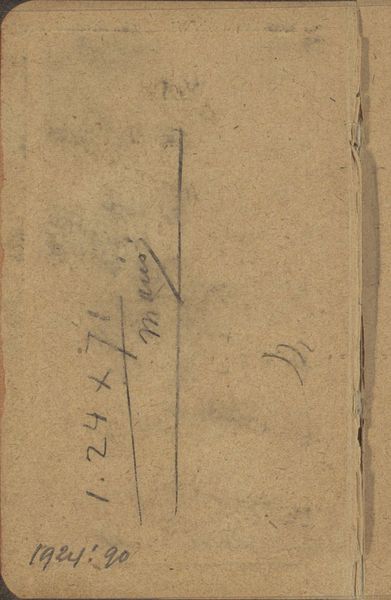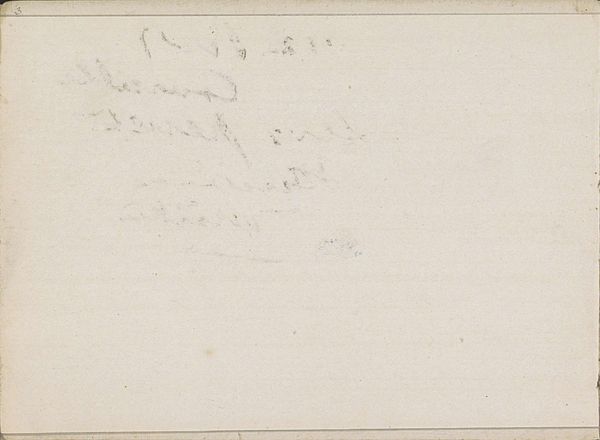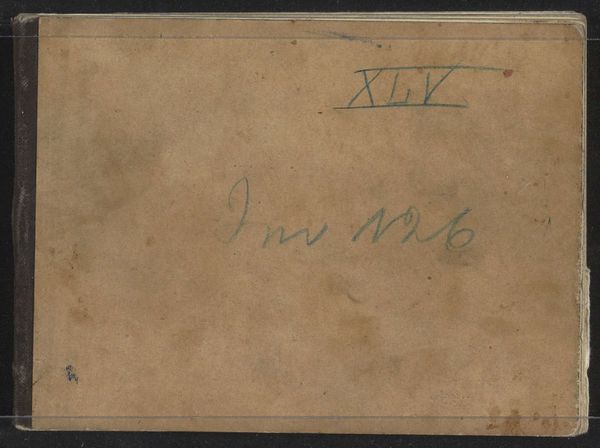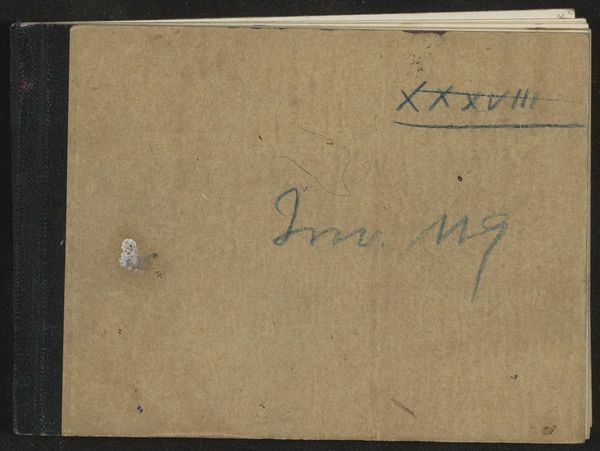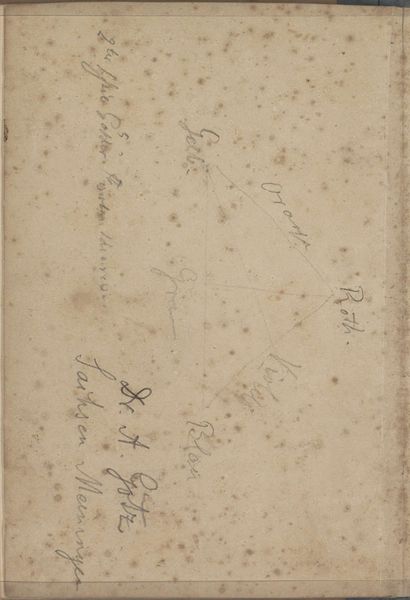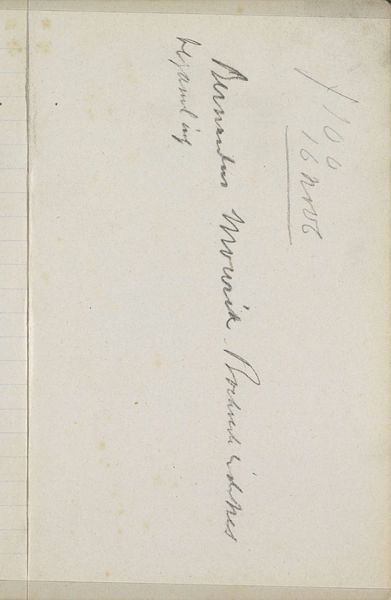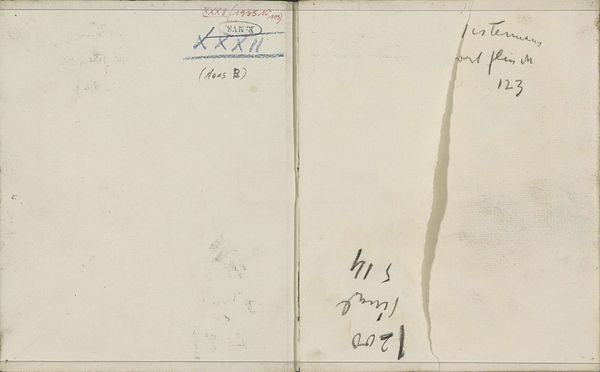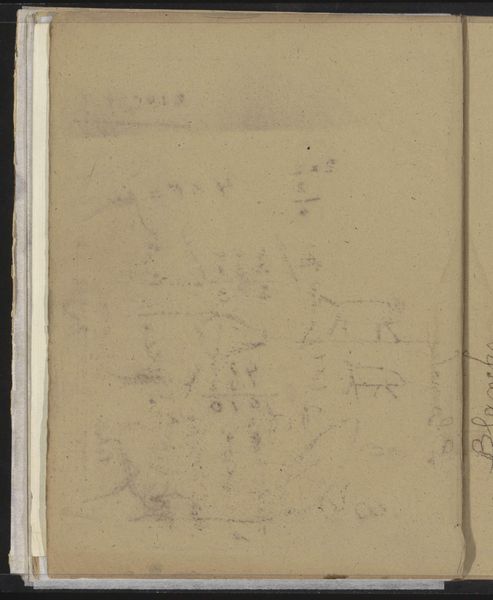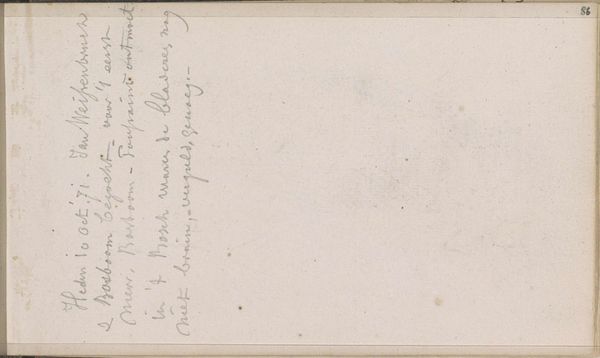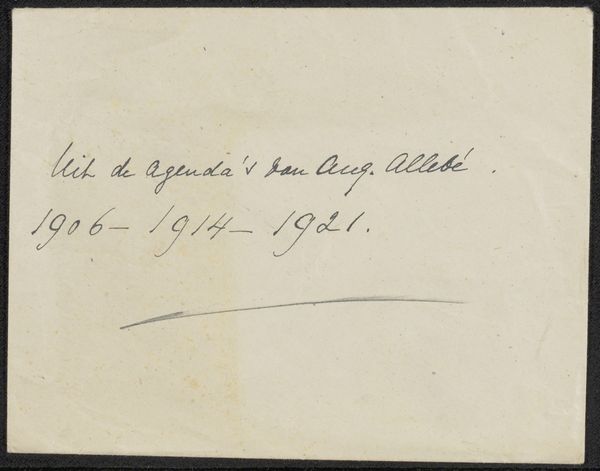
Dimensions: height 120 mm, width 171 mm, thickness 8 mm, width 339 mm
Copyright: Rijks Museum: Open Domain
Curator: Welcome. Here we have a sketchbook with 30 pages attributed to Alexander Shilling, possibly dating back to 1908. It is made with paper, ink and pencil. Editor: There's a captivating simplicity about this sketchbook; it looks almost like a field journal, as if the artist were chronicling thoughts on the go. The inscription hints at the making process. I like seeing process revealed. Curator: Indeed. Considering Shilling's Impressionistic leanings, sketchbooks like these would have served as portable repositories of fleeting impressions and observations. A way for artists to escape rigid studio practices, even if momentarily. Editor: Absolutely. The very materiality of it—the paper's texture, the immediacy of the ink and pencil marks—suggests a direct engagement with the subject. How were these sketches circulated and viewed at the time? Curator: Sketchbooks, while personal, still held cultural value. Often, selected drawings would be displayed, offered to patrons, or used as studies for larger, more 'significant' paintings meant for exhibition and sale. Even this inscription suggests the sketchbook has some value to mark it this way. Editor: So even this humble object carries its own political weight in the art market. Was Shilling bound by convention in how he presented this material, or did this offer a form of resistance to those expectations? Curator: I suspect the former; although artists were exploring new media and styles, exhibition culture still dictated norms. But sketchbooks also provided space for informal experiment. This kind of piece democratizes artistic processes by showing them rather than just the final result. Editor: Precisely. It reminds us that art is labor. Something made through careful manipulation of materials. The means of production are as worthy of consideration as the final, framed product. This book represents someone on the move and thinking visually and materially. Curator: Thinking about the social and market forces, as well as the material used really transforms one's relationship to the artwork. Thank you! Editor: Thank you. Looking at a piece with attention to its history changes everything.
Comments
No comments
Be the first to comment and join the conversation on the ultimate creative platform.


